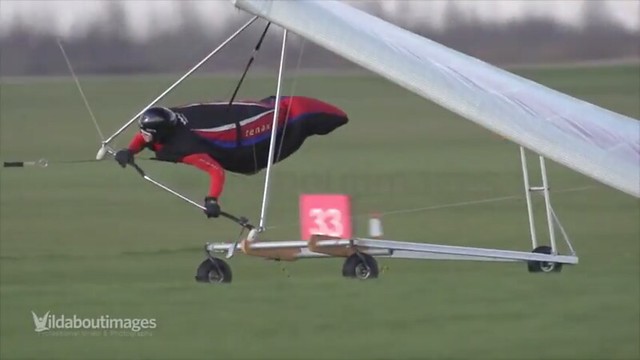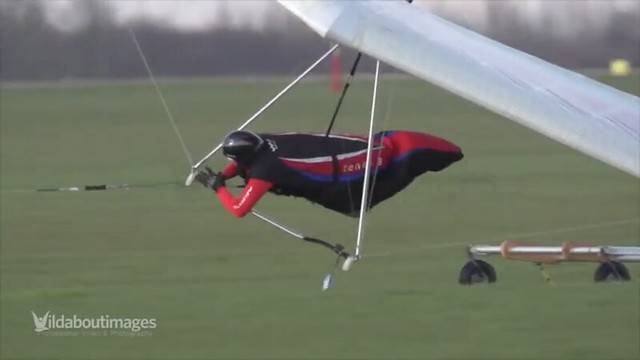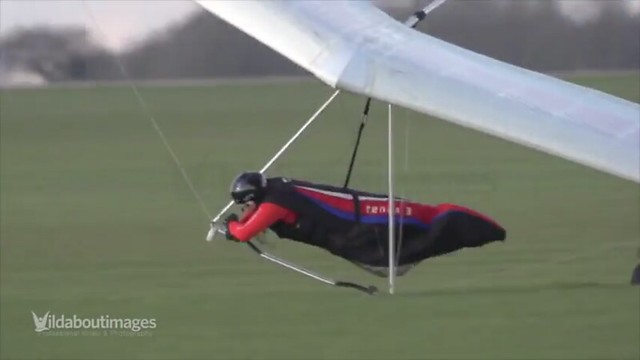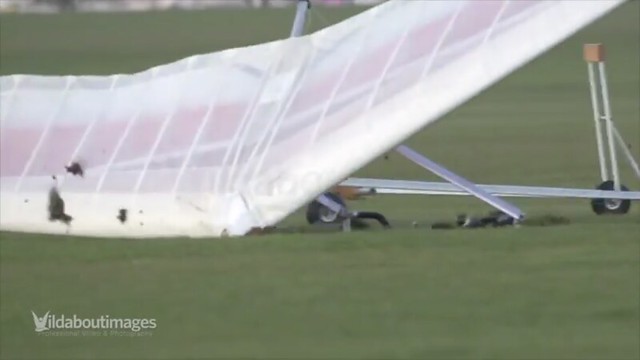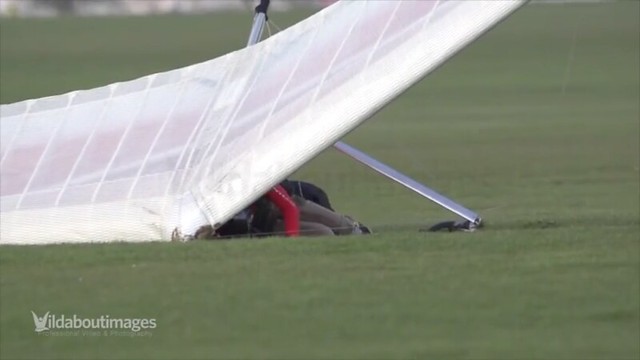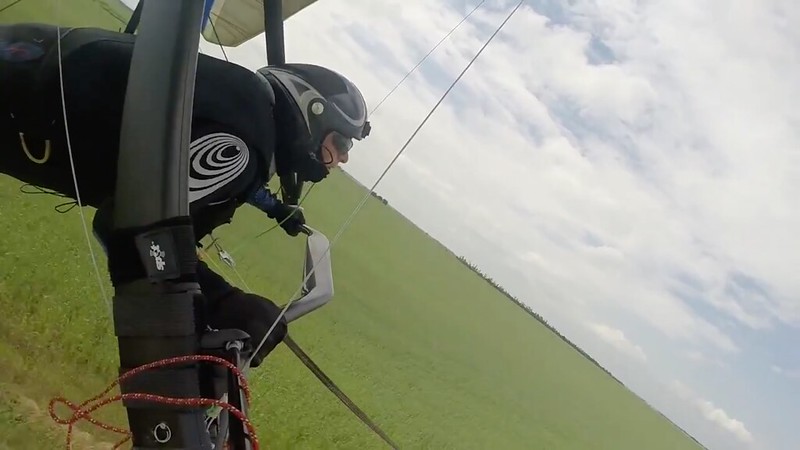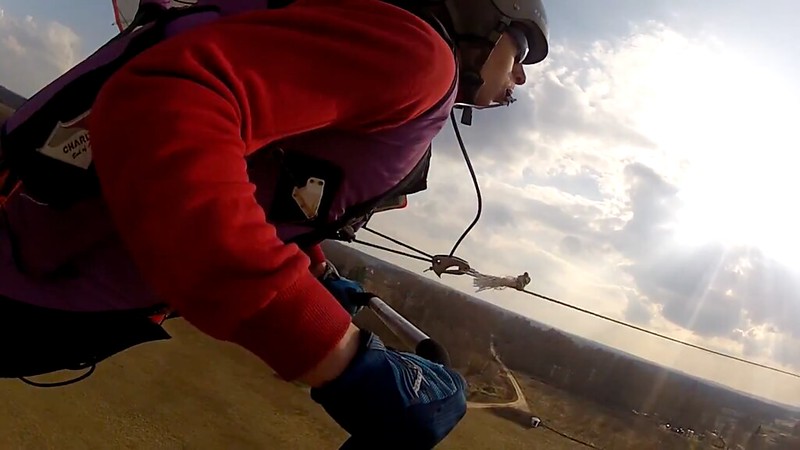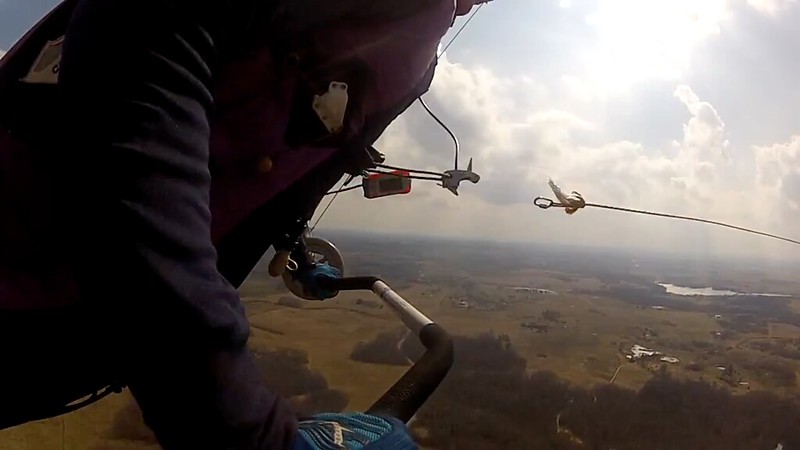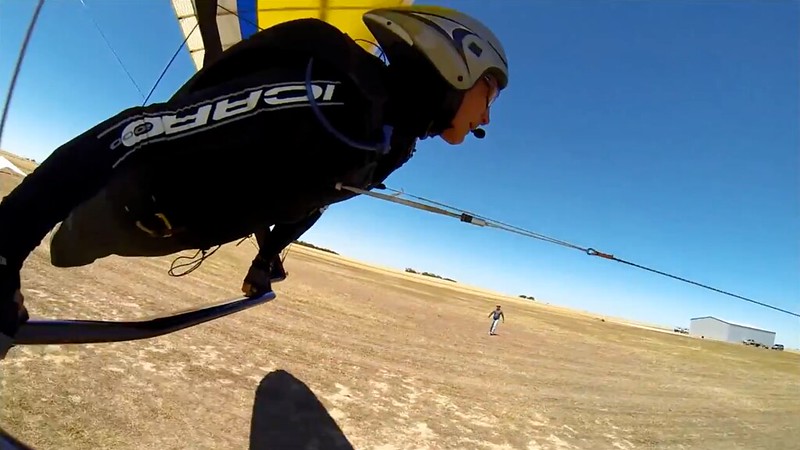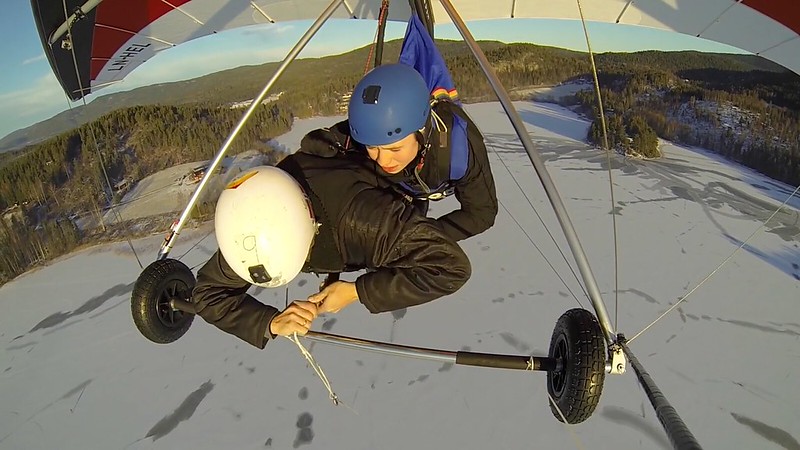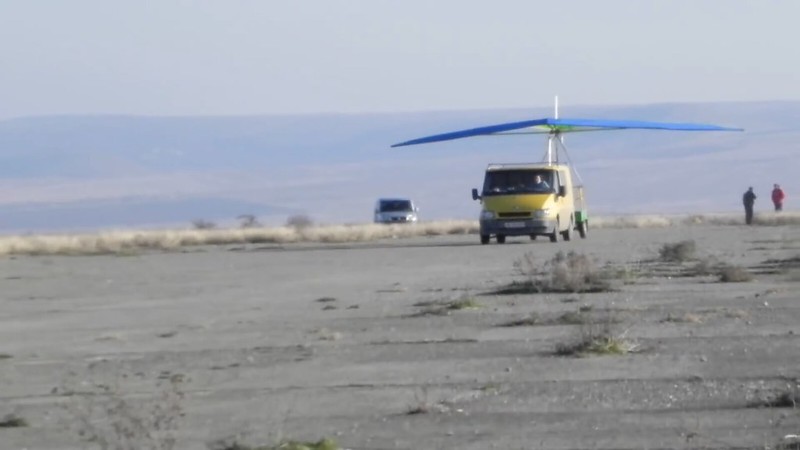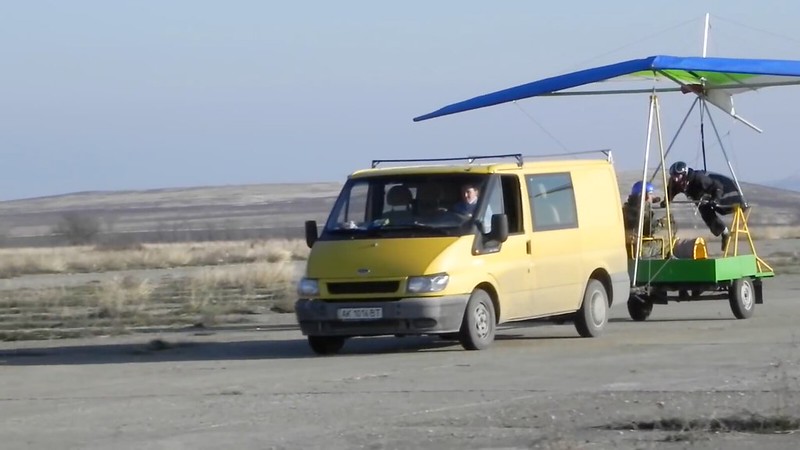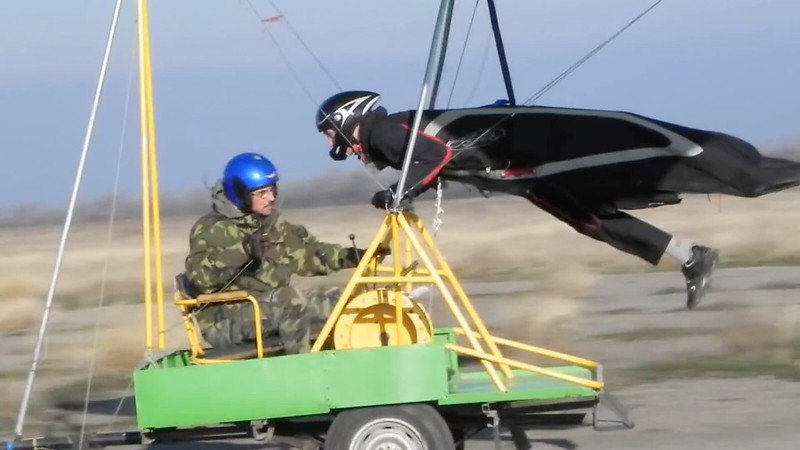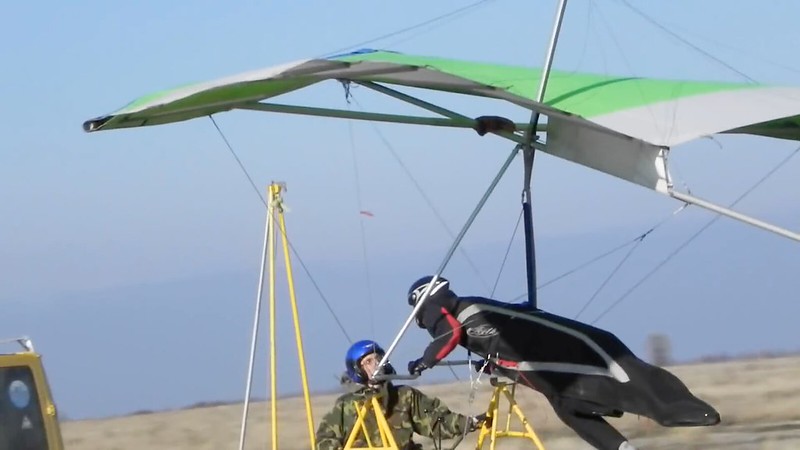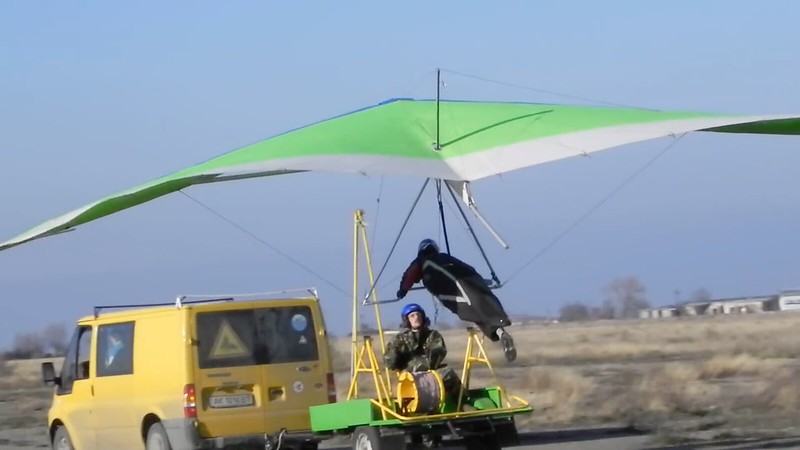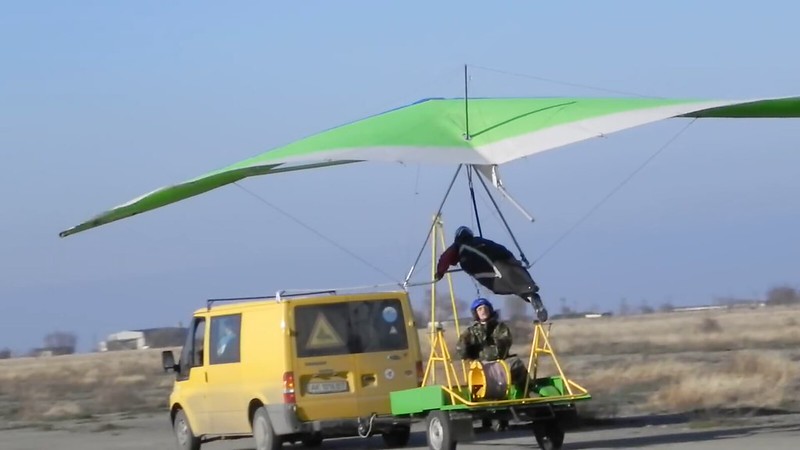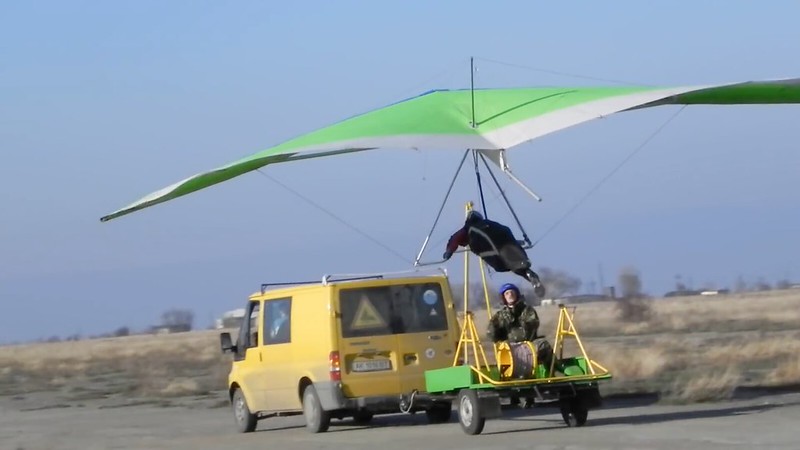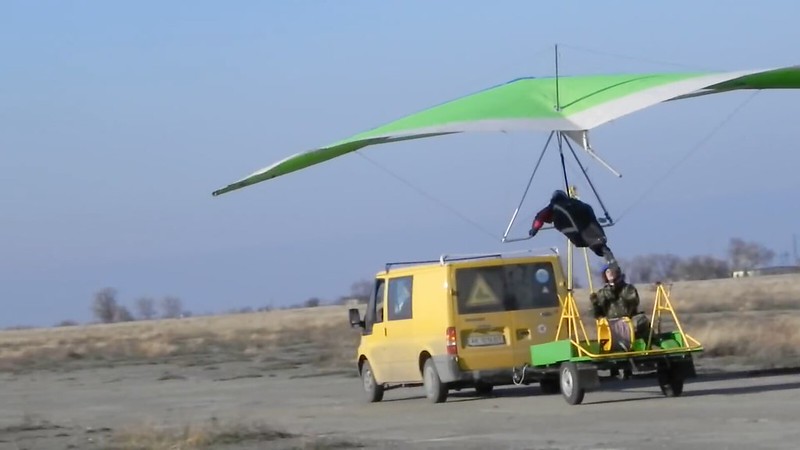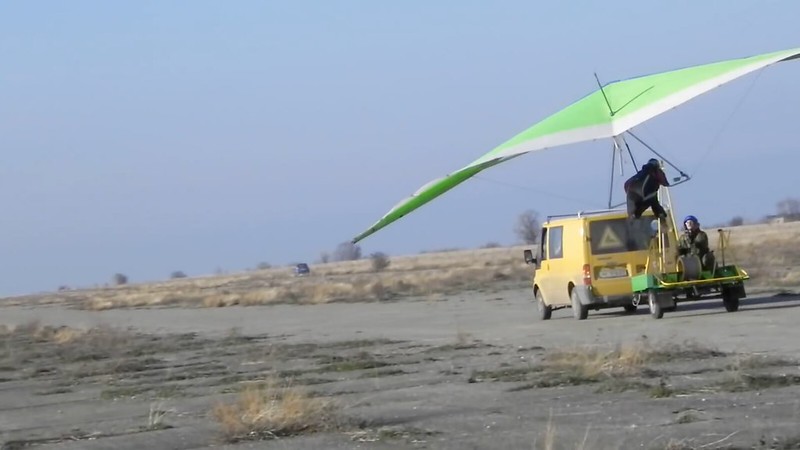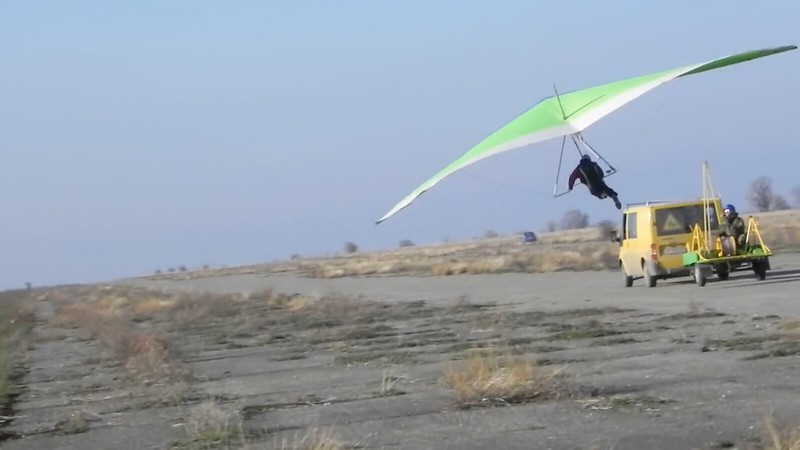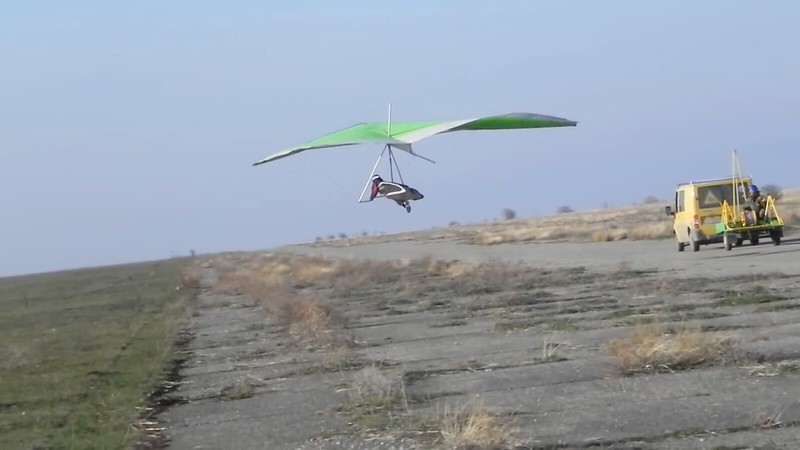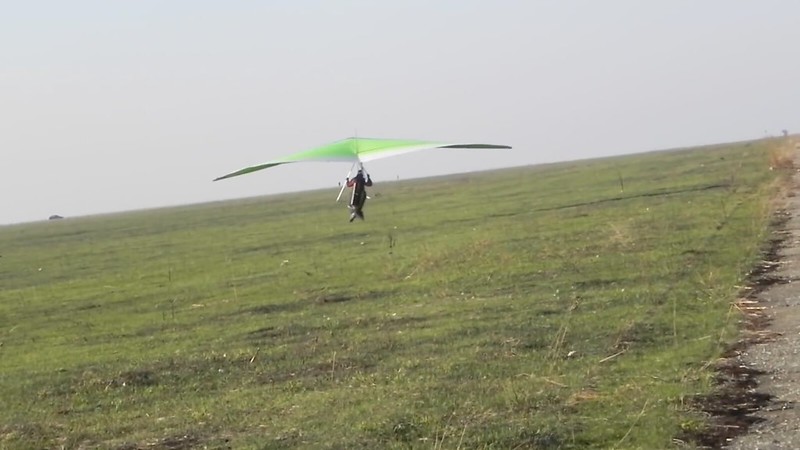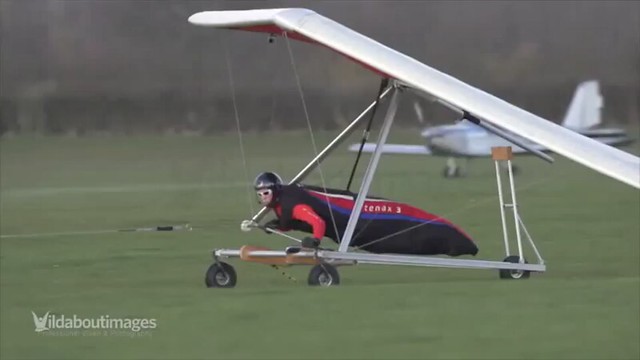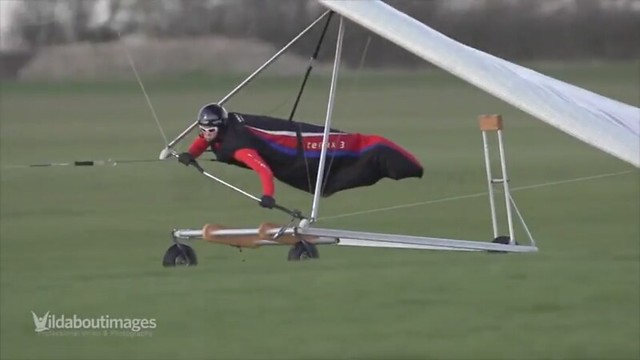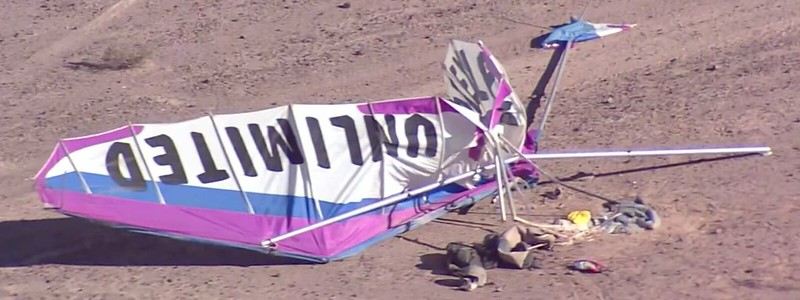Icaro MastR: Spiral dive w/o recovery - batten clips opened
No it doesn't. It illustrates - AGAIN - just how deadly current side mount parachute harness "technology" is.NMERider - 2015/04/27 06:28:37 UTC
I have a friend in Germany who is close to the pilots involved in the investigation and learned that this pilot died from his injuries. I agree with all of your observations. This incident illustrates just how important it is to do parachute clinics or practice tosses when you get a re-pack.
Repacks are total fucking wastes of time and/or money. Nylon chutes don't need repacking. They DO need rubber bands replacement once a year or so. So just carefully pull out the minimum necessary, replace what needs to be replaced, and re-stow.
Practicing tosses... If it floats your boat practice grabs, partial velcro rips, pulling the container. Don't toss it enough to deploy the canopy unless you've got an actual legitimate need to inspect and repack.
Parachutes are a lot like helmets and Voight/Rooney Instant Hands Free Releases. A lot of the situations in which you most need them to do you some good are the same ones in which there's no possibility of them doing you any good.
Betty will be pleased.This is a grim reminder to me that I need to schedule with Betty and bring my Covert harness current.
Yeah, ain't The Jack Show the most wonderful place for interesting posts.Bertram - 2015/05/01 17:58:58 UTC
Thank you all for your interesting posts!
Pretty good - considering that he was dead a dozen posts back.Here is some additional information:
The most important is, that the pilot has recovered and returned back to flying!
Who became a passenger at the thirty-two second mark.The pilot...
Yeah....didn't use full VG (in the video they mention 1/3 VG).
Hang gliders certified by the DHV have to withstand +6g. Parts mustn't fail.
Tad Eareckson - 2015/05/01 15:10:50 UTC
A glider shouldn't disintegrate into a deathtrap just because somebody rolls it to ninety.
Yeah.According to the text in the video the first tip levers failed at only 2,3g.
Tad Eareckson - 2015/05/01 15:10:50 UTC
High G is three to six. This glider was well below that range.
It was badly worn out before it left the factory. Ditto for the harness.The MastR was only about six months old, therefore shouldn't be badly worn out.
I'd have to. I don't do hang checks. I leave them to the idiots.The pilot carried out similar manoeuvres before the accident and could easily roll back out (tips remained locked).
At high positive g-loads (e.g. +4g), the force required by the pilot to displace his weight becomes far greater (imagine control inputs while doing a hang check...
I don't buy this....with three other pilots sitting on your back!).
- You're not trying to lift your weight up towards the keel.
- The glider's going like a bat outta hell and - assuming it's still intact - is gonna be hyper-responsive to control input. Quote me an aerobatic pilot talking about the difficulty he was having getting the glider to respond at high Gs. There've been a lot of gliders torn apart, chutes thrown, people killed because gliders responded SUPRISINGLY WELL to control inputs at high Gs.
Yeah. Wish I'd read this sentence before responding to the last.That said, small displacements are more effective in high-g manoeuvres in generating roll torque (basically, the scale of control movements simply decreases with higher positive g's).
I doubt it. Sideslip or not "gravity" is still mostly pulling you "down" perpendicularly away from the wing.As far as I can see from the video of the first accident (the DHV still refuses access to the video of the DHV test flight / accident), the glider spirals with significant sideslip (wind indicator). Due to the apparent lateral aerodynamic forces, the pilot tends to swing towards the inner control bar corner. His acceleration vector is no longer perpendicular to the wing. He has to lift his weight up to stay in the centre of the base bar (this could be hard work at +4g).
I'll let that slide in your case.My personal opinion:
Yeah. So what good is being a world class pilot in most of these critical situations when there's nothing they can do that a solid Hang 1.5 to 2.0 can't and wouldn't do just as well?I don't think it's relevant, whether a severely damaged or incapacitated glider can be saved by a highly qualified pilot (or daredevil stunt man). That said, even Tim G. - a world class pilot - failed to recover the stable spiral dive (as proven in the unreleased DHV test flight).
Keep going...In my opinion...
Where?the important question is, whether
(a) flimsy plastic tip levers (which are prone to wear and tear, degradation with temperature, UV exposure, dirt, manufacturing defects, spread of production etc.) should be stressed (in a specific HG design) to such an extent, that they may fail at far less than +6g, especially, if at the same time
(b) their failure may cause a severe loss off controllability putting the pilot at risk.
I'm wondering, whether the load paths from the sail to the MastR tip levers are any different compared to other typical HG designs (e.g. higher lateral forces).
I have attached a photo...
Yeah. Your writing - in a second language ferchrisake - is ten times better than just about anything you're gonna find on any English speaking glider forum anywhere. You're intelligent, articulate, concise, perceptive, flawlessly logical... Why the fuck aren't you over here an Kite Strings? Why are you WASTING yourself on that sewer?...from the Wills Wing website showing some design details in the area of the batten tips and bridle attachment of a WW glider. Aerodynamic loads and loads from the bridle line (pulling laterally) are neatly transferred via a tight batten pocket (sewn to the sail on both sides) leaving little clearance for the batten.
The second photo shows the batten tips of an Icaro MastR. In contrast to the Wills Wing design, the battens have considerably more clearance laterally (batten pocket sewn to the sail with only one seam at the top). The battens therefore can distort/move sideways - and as a consequence - the trailing edge might transfer some non-axial forces to the tip lever ends, possibly promoting their early failure. On the ground (e.g. when rigged on the A-frame in windy conditions), lateral loads from the bridle acting on the transverse batten supporting the ribs may also wear out the tip levers prematurely.
I have also attached a simple schematics explaining the relevant force vectors in a stable (stationary) spiral dive with considerable sideslip.
What are your thoughts on this?
Any comments?
How happy are you with the:Fly safely,
Bertram
PS:
I'm not happy as to how the investigation is carried out by the German DHV.
- investigation into the:
-- Zack Marzec fatality that was carried out by Paul Tjaden and the other Questie douchebags?
-- Kelly/Arys double fatality that's being carried out by Mitch Shipley, Rich Hass, and Tim Herr?
- new four hundred pound Tad-O-Links that everybody else is so happy with?
Yeah. FUCK DHV, u$hPa, HPAC, BHPA, HGFA... The sport is totally in the sewer and it's a fuckin' global conspiracy.In my view it lacks transparency, technical expertise and openness towards us affected HG-pilots.
Zack Marzec was the first fatality in the history of hang gliding in which these motherfuckers couldn't get away with simply blaming the pilot. (Thanks again for your sacrifice, Zack.)Simply blaming the pilot in my personal view is camouflaging the possibility of design issues, which might also put other HG fellows at risk.
PPS:
I do not think the manoeuvre before the clips failed is an extreme one: That's how we centre strong thermals over here in Bavaria.
